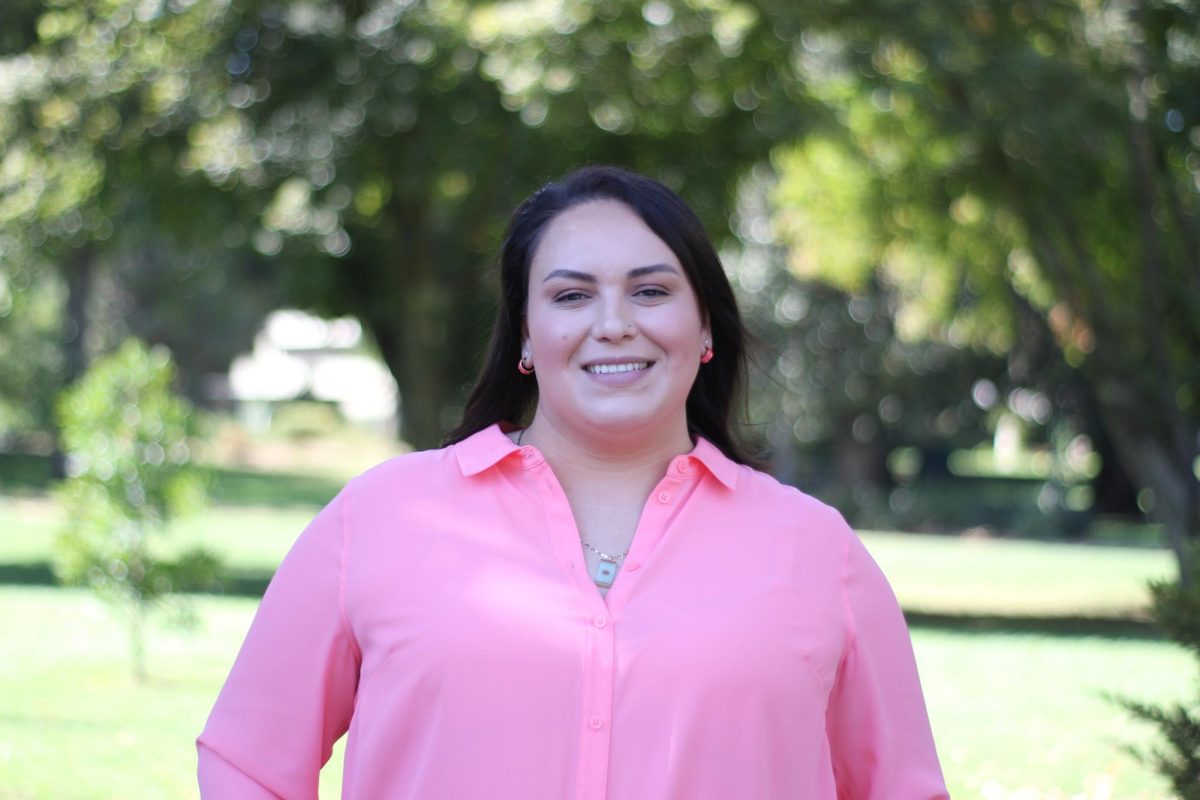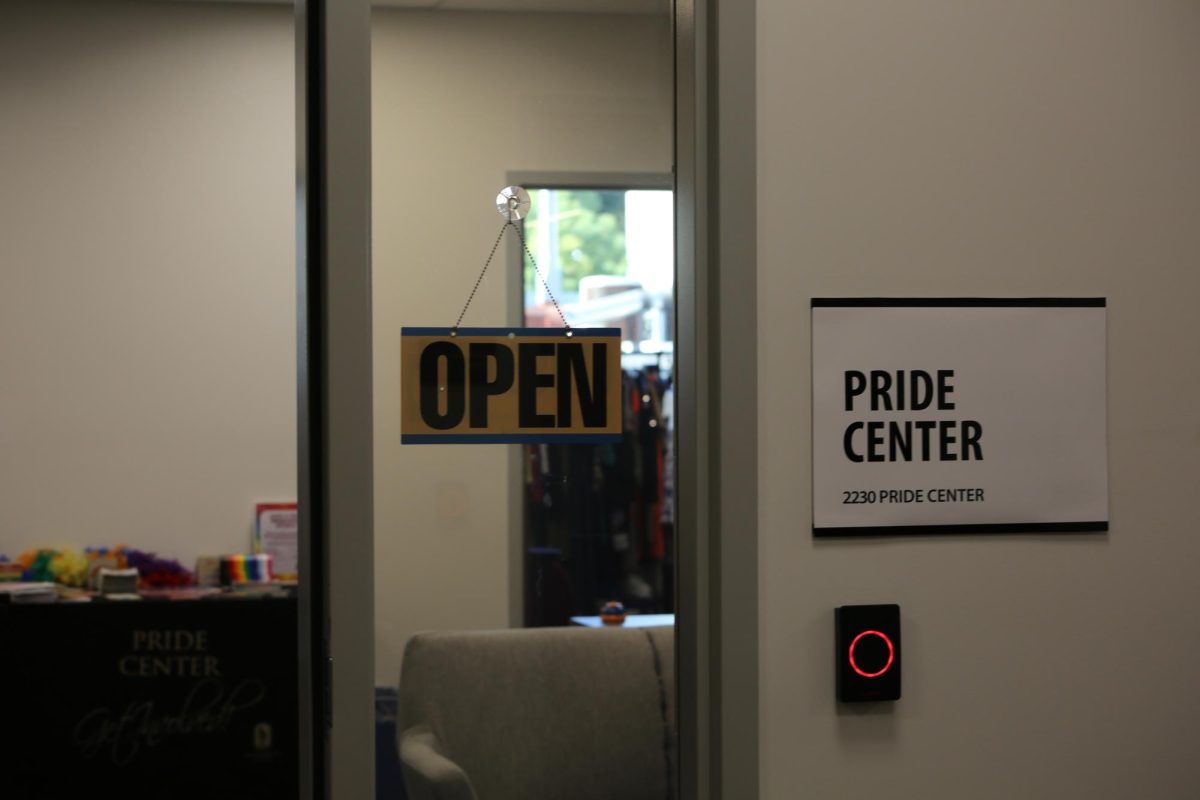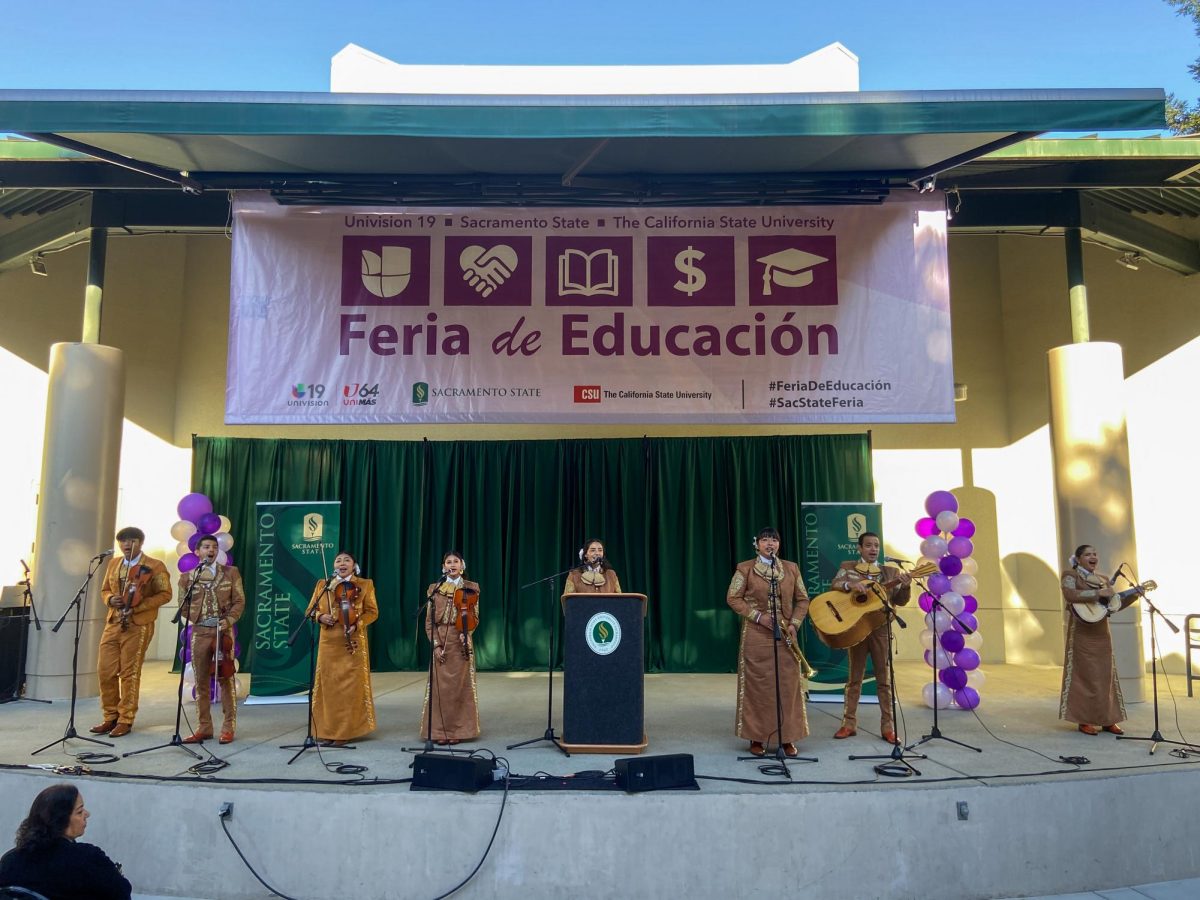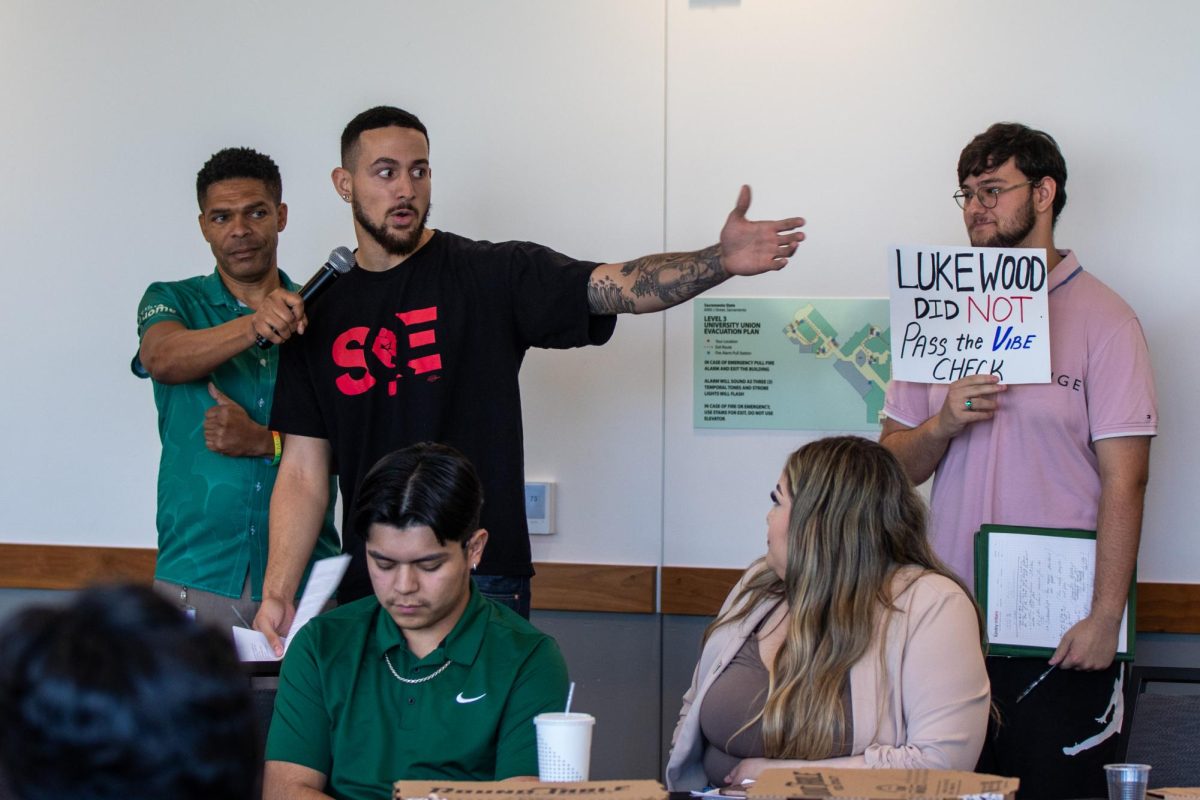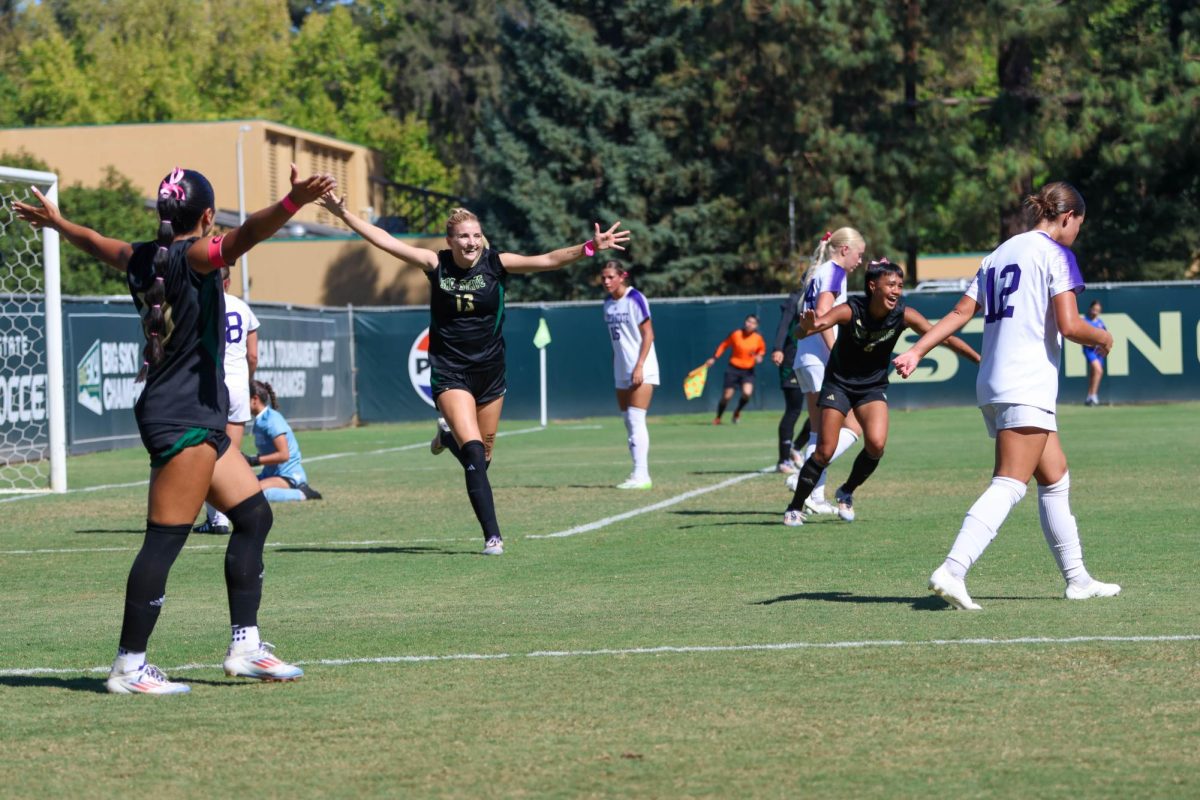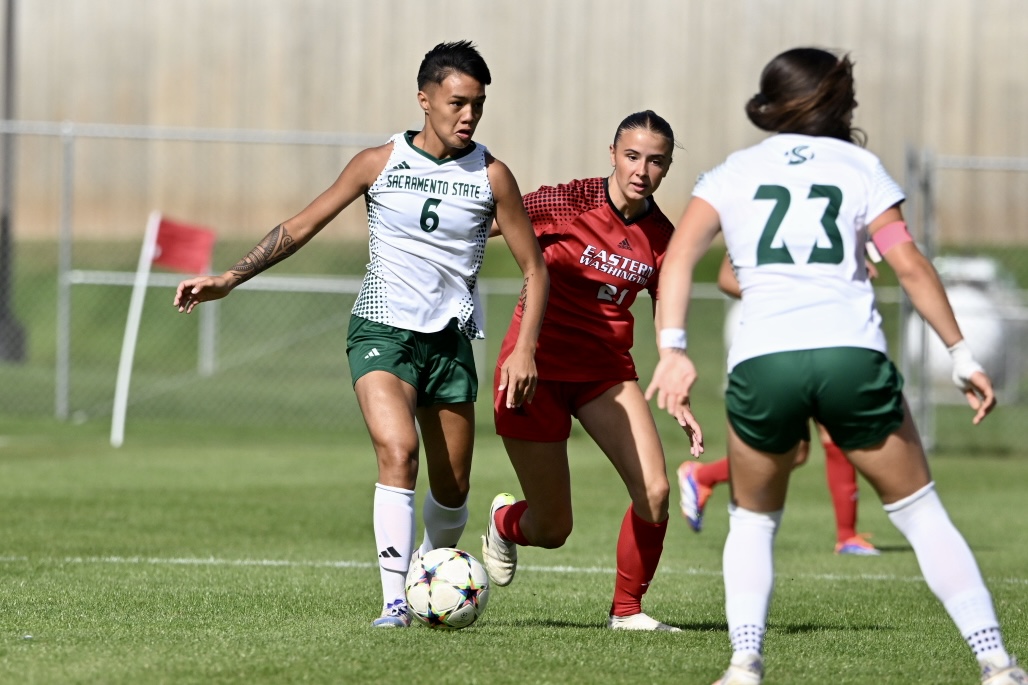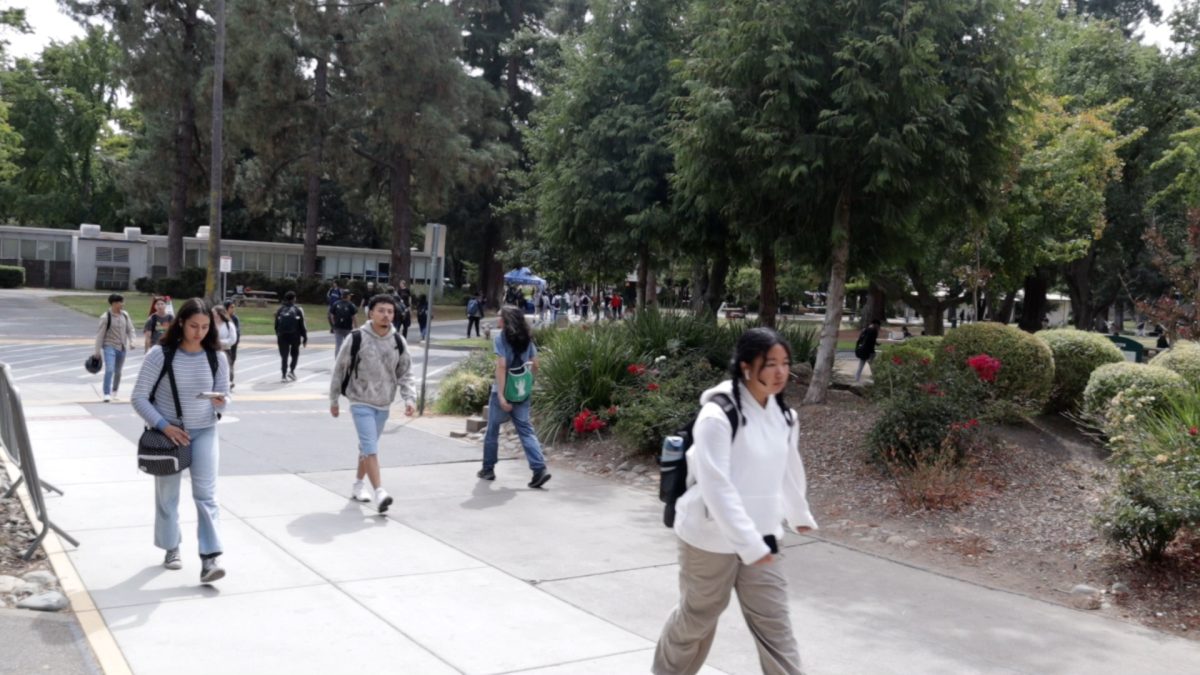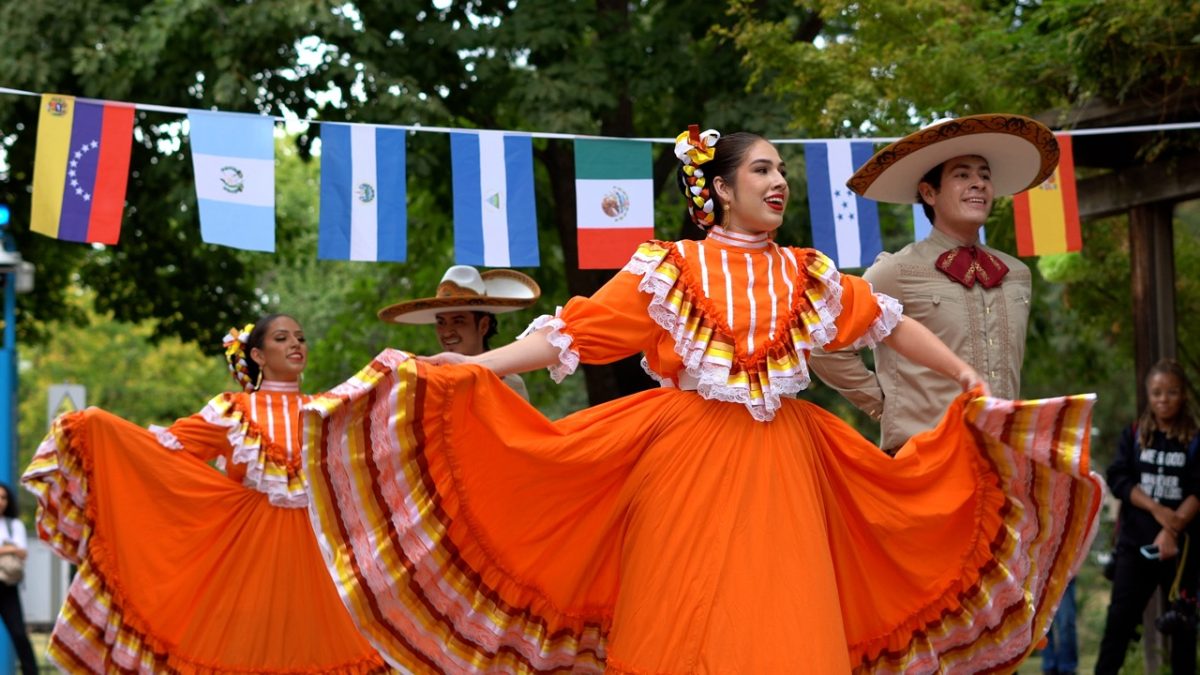Affirmative action programs reconsidered under new California amendment
February 19, 2014
California voters will reconsider affirmative action programs in higher education on the November ballot after a proposed amendment passed the Senate last month.
Approved by 54.6 percent of California voters in 1996, Proposition 209 is an amendment to California’s Constitution that prohibits affirmative action in government hiring, public school admissions and public contracting by prohibiting special treatment to individuals on the basis of race, sex, color, ethnicity or nationality.
The proposed amendment will allow race and ethnicity to be considered in higher education admissions.
“Research shows that since the passage of (Proposition) 209, historically underrepresented students have experienced dramatic declines in enrollment within the (University of California) system,” said ethnic studies professor Elvia Ramirez.
Sociology professor Manuel Barajas has been part of many groups at Sacramento State that advocate equity and diversity amongst faculty and students. To bring awareness to the higher education crisis in California,
Barajas gave a faculty presentation in 2011 titled “Challenging Borders to Higher Education in California.”
“Diversity is part of the state’s wealth,” Barajas said. “It offers an exciting innovative environment that reflects and integrates world experiences, and positions the state in a strategic and influential position.”
Sac State does not use diversity in admission decisions, said Director of Admissions and Outreach Emiliano Diaz.
To promote diversity on campus, the university partners with programs like Sacramento Pathways to Success that focus on public school outreach to create awareness of higher education opportunities.
Freshman child development major Lien Lui said college admission based on ethnicity might help some individuals, but it is not fair to those that meet the grade qualifications.
“I would have liked to get into Long Beach or San Jose State, but I didn’t have the grades and I think that is fine,” Lui said. “I don’t want them to accept me just because I am Asian.”
Although race and ethnicity do not play a role in student admissions, it does in access to higher education and the job market, sociology professor Paul Burke said.
According to a 2008 California educational trend study, 13 percent of Latinos have a bachelor or higher degree, compared to 20 percent African Americans, 53 percent Asian Americans and 30 percent European Americans.
Cultural anthropology freshman Jasmine Taylor said she is lucky to have gone to a private school that prepared her for college.
“Our public schools are horrible,” Taylor said. “It is mostly minorities. Those people, they really don’t have a chance.”
According to the 2012 California Budget Project, public school funding between 2007 and 2010 has been cut by $7 billion, causing reduced services to students including summer and after school programs and shortened school years.
Additionally, budget cuts have nudged students into crowded classrooms because of a 32,000 teacher workforce drop between 2007 to 2008 and 2010 to 2011.
Looking at education funding reductions in the past 10 years and the increase of college tuition fees, attaining higher education in California has become a challenge, primarily to minority groups who benefit from programs that are being cut.
The solution to California’s higher education crisis is complex, and although affirmative action programs will not completely resolve the crisis, it has been a proposed starting point according to numerous reports.
“(The amendment) long overdue, and I think it will pass,” Burke said. “California has changed a lot in 20 years. We are a more progressive state and we are more diverse demographically. I think the time is right.”




